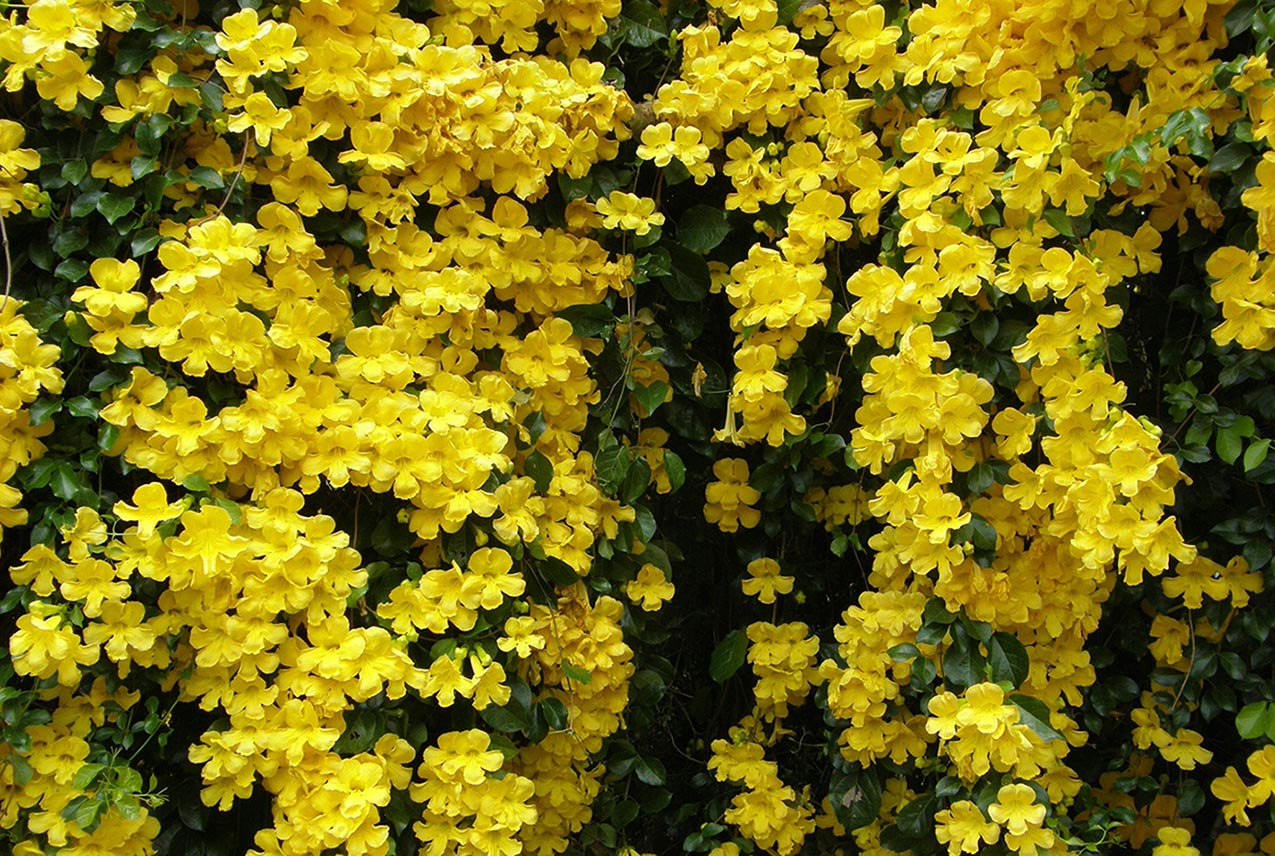Uncaria tomentosa
Cat's Claw
Cat's Claw is a climbing vine indigenous to the Amazon rainforest and other tropical areas of South and Central America, including Peru, Colombia, Ecuador, Guyana, Trinidad, Venezuela, Suriname, Costa Rica, Guatemala, and Panama. The name comes from the claw-like thorns that are used by the vine to climb high into the canopy of the rainforest. There are two main documented species of this plant and they share similar chemical make-ups (U. tomentosa and U. guianensis) Many Native Tribes in the South American Rainforest have used this herb medicinally but the Ashaninka of central Peru are one of the largest commercial producers of Cat’s Claw and they as well as many other tribes have made the plant part of their medicinal and spiritual practice for over 2,000 years. Austrian researcher Klaus Keplinger learned about the plant from the Ashaninka, evaluated it in his lab, and then applied for US patents based on the isolation of certain chemicals (oxindole alkaloids) in the plant. The native people's value this plant's spiritual virtues as highly as its medicinal properties.

What is Cat's Claw Used For?
Traditional Health Benefits of Cat's Claw
